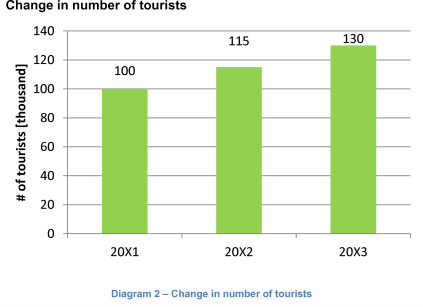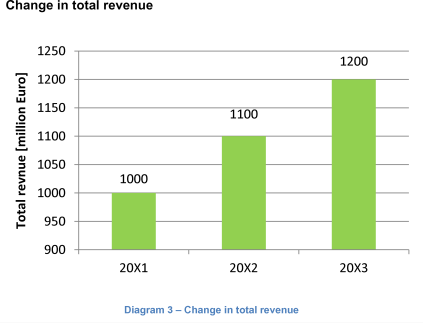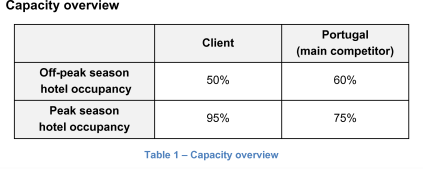Travel Destination
13.3k
Times solved
Intermediate
Difficulty
Your client is the government of a region in southern Spain. Situated in this region are the country’s main tourist locations, mostly beaches.
The government is not satisfied with the revenues of the tourism sector. They have contacted our company to find a solution for this problem.
Case Comments
I. Background - Question 1
1. For what kind of information would you ask the government?
I. Background - Question 2
2. How would you interpret the graphs provided by the government?
I. Background - Question 3
3. Why is decreasing revenue per tourist a problem?
II. Market - Question 4
4. How could you measure the capacity on the market in this case?
II. Market - Question 5
5. What are the following figures telling you about the capacity of the region?
III. Capacity - Question 6
6. The government wants to invest in a new terminal for their airport in Malaga, the biggest city in the region. Please assess the feasibility of this plan.
IV. Conclusion - Question 7
7. If you have to report to the governor right now, what would you tell him/her?
Video Solution
Further Questions
What different segments exist in the market?
Which one do you consider the most important?
Note for Interviewer
More questions to be added by you, interviewer!
At the end of the case, you will have the opportunity to suggest challenging questions about this case (to be asked for instance if the next interviewees solve the case very fast).
13.3k
Times solved
Intermediate
Difficulty
Do you have questions on this case? Ask our community!





